As we move further into the digital age, the growing reliance on technology has led to an unprecedented increase in cyber threats. In 2025, businesses, governments, and individuals must be more vigilant than ever before, as cybercriminals continue to evolve their methods to exploit new vulnerabilities. From ransomware attacks to sophisticated AI-driven threats, cybersecurity in 2025 will demand cutting-edge tools and a proactive defense strategy. This article will explore the key cybersecurity threats expected to emerge or intensify and what organizations can do to mitigate them.

1. Ransomware 3.0: The Rise of Double and Triple Extortion Attacks
Evolution of Ransomware
Ransomware has been a persistent threat in recent years, and in 2025, we can expect cybercriminals to further innovate their tactics. Traditional ransomware attacks typically involve encrypting a victim's data and demanding a ransom in exchange for a decryption key. However, we are seeing the rise of double extortion and triple extortion attacks, where criminals not only encrypt data but also threaten to publish sensitive information or target third parties such as customers and partners.
Double and Triple Extortion in 2025
- Double Extortion: Attackers encrypt data and threaten to leak it unless a ransom is paid.
- Triple Extortion: Attackers demand a ransom from the victim, threaten to leak data, and then extend demands to third parties, such as the victim’s clients or partners.
In 2025, ransomware gangs will likely combine these extortion methods with more aggressive techniques, increasing pressure on organizations to pay ransoms. Furthermore, criminals may integrate artificial intelligence (AI) to target vulnerabilities more effectively and automate aspects of their attacks.
Mitigation Strategies
To protect against ransomware in 2025, organizations should:
- Regularly back up data and ensure backups are isolated from primary systems to avoid encryption.
- Implement multi-factor authentication (MFA) to make it harder for attackers to gain unauthorized access.
- Keep software and systems up to date to minimize vulnerabilities.
- Train employees to recognize phishing attempts, which often serve as the entry point for ransomware.

2. AI-Powered Cyber Attacks
The Growing Role of AI in Cybersecurity
Artificial intelligence has been a game-changer in both cybersecurity defense and attack. In 2025, we expect a significant rise in AI-powered cyberattacks, where adversaries will use machine learning (ML) algorithms to automate and enhance their attacks. AI can be leveraged by hackers to bypass traditional security systems, create sophisticated phishing emails, or identify zero-day vulnerabilities faster than manual methods.
AI-Driven Threats
1. AI-Augmented Phishing: AI can generate highly personalized phishing emails by analyzing social media activity, company structures, and communication patterns. This can increase the success rate of phishing attempts.
2. AI-Powered Malware: AI can help malware adapt in real time, evading detection by learning from the environment it is operating in. This could result in malware that is more difficult to detect and remove.
3. AI-Driven Botnets: Attackers may use AI to control large botnets more efficiently, launching sophisticated distributed denial-of-service (DDoS) attacks that can overwhelm systems faster than before.
Mitigation Strategies
To combat AI-driven threats, organizations need to:
- Invest in AI-based defense systems that can detect and respond to attacks in real time.
- Use behavioral analysis tools to identify unusual activity in networks and devices.
- Regularly update security protocols and train employees to recognize advanced phishing techniques.
3. Supply Chain Attacks on the Rise
What Are Supply Chain Attacks?
A supply chain attack occurs when an attacker targets a less secure element of an organization’s supply chain, such as a third-party vendor or software provider, to infiltrate the main target. As businesses become more interconnected, these attacks have grown in frequency and sophistication. In 2025, supply chain attacks are expected to increase as cybercriminals recognize the potential damage they can cause through exploiting vendor vulnerabilities.
High-Profile Cases
The 2020 SolarWinds hack and the 2021 Kaseya ransomware attack are examples of supply chain breaches that had widespread consequences. In these cases, attackers used legitimate software updates to spread malware to hundreds of organizations. In 2025, cybercriminals are likely to replicate or enhance these tactics.
Mitigation Strategies
Organizations can mitigate supply chain attacks by:
- Conducting thorough security assessments of all vendors and third-party providers.
- Implementing zero-trust architecture, where no entity is trusted by default, regardless of whether it is inside or outside the network.
- Monitoring third-party software updates closely for any signs of tampering or compromise.

4. Cloud Security Vulnerabilities
Growing Cloud Adoption
Cloud computing has become essential for modern businesses, providing scalability, flexibility, and cost savings. However, as cloud adoption increases, so too do the risks associated with storing sensitive data and running critical applications in the cloud. In 2025, cloud security threats will remain a significant concern as more businesses migrate to hybrid or fully cloud-based infrastructures.
Key Cloud Security Threats
1. Misconfigured Cloud Settings: Many data breaches occur due to improper cloud configuration, leaving sensitive data exposed. In 2025, attackers will likely continue to exploit these weaknesses.
2. Cloud Account Hijacking: With more services hosted on the cloud, attackers will aim to compromise cloud credentials, gaining access to vast amounts of sensitive data.
3. Data Breaches and Insider Threats: Insider threats, whether intentional or accidental, will remain a challenge for cloud environments, where privileged users have access to critical systems.
Mitigation Strategies
To secure cloud environments, organizations should:
- Implement strong access controls such as identity and access management (IAM) and multi-factor authentication.
- Regularly audit and correct any misconfigurations in cloud settings.
- Use encryption for data at rest and in transit to reduce the risk of data breaches.
5. Internet of Things (IoT) Vulnerabilities
Expanding IoT Attack Surface
The Internet of Things (IoT) is growing rapidly, with billions of connected devices being used across industries and households. While IoT brings great convenience, it also expands the attack surface for cybercriminals. In 2025, IoT devices will become an even more attractive target due to their often inadequate security measures and lack of regular updates.
IoT Threats
1. Botnet Attacks: IoT devices are often used to form botnets, which can be harnessed to launch large-scale DDoS attacks. The Mirai botnet is an infamous example of this type of attack, where thousands of IoT devices were compromised to take down major websites.
2. IoT Device Hijacking: Attackers may take control of IoT devices, gaining access to critical systems in industrial settings or spying on users through home devices like cameras and smart speakers.
3. Data Privacy Concerns: Many IoT devices collect sensitive user data, such as health information or location data, which can be targeted by attackers for financial gain or exploitation.
Mitigation Strategies
To protect against IoT vulnerabilities, organizations should:
- Deploy IoT-specific security solutions that monitor device behavior and detect anomalies.
- Ensure that firmware updates are applied regularly to patch known vulnerabilities.
- Use network segmentation to isolate IoT devices from critical business systems.

6. Deepfakes and Synthetic Media Threats
The Rise of Deepfake Technology
Deepfakes, or synthetic media created using AI, have advanced rapidly in recent years. In 2025, the use of deepfakes for malicious purposes is expected to increase, posing a threat to businesses, political figures, and individuals. Deepfakes can be used for fraud, blackmail, and disinformation campaigns, making them a serious concern for organizations across sectors.
Deepfake Threats
1. Business Fraud: Deepfake audio and video can be used to impersonate CEOs or other high-ranking executives, leading to fraudulent financial transactions or sensitive data breaches.
2. Disinformation: In politics, deepfakes can be used to create false statements or actions attributed to public figures, manipulating public opinion.
3. Personal Blackmail: Attackers can use deepfakes to create compromising images or videos of individuals, threatening to release them unless a ransom is paid.
Mitigation Strategies
To mitigate the risks of deepfakes, organizations should:
- Invest in deepfake detection tools to identify synthetic media in real-time.
- Educate employees about the potential dangers of deepfakes and how to verify the authenticity of communications.
- Monitor for suspicious activities that may indicate the use of deepfakes in fraud attempts.
7. Quantum Computing and Cryptography Threats
The Impact of Quantum Computing
Quantum computing is still in its early stages, but its development could pose a major cybersecurity threat in the future. By 2025, we may see early signs of quantum computers being used to break traditional cryptographic algorithms, rendering much of today’s encryption obsolete.
Quantum Computing Threats
1. Breaking Encryption: Quantum computers have the potential to solve complex mathematical problems much faster than classical computers. This could allow them to break encryption methods like RSA and ECC, which are widely used to secure communications and sensitive data.
2. Compromising Blockchain: Quantum computers could also threaten the integrity of blockchain systems, which rely on cryptographic hashing for security.
Mitigation Strategies
While quantum computing threats may not be immediate in 2025, organizations should begin preparing by:
- Exploring quantum-resistant cryptography to future-proof their encryption methods.
- Staying informed about the latest developments in quantum computing and its potential implications for cybersecurity.
As cybercriminals embrace advanced technologies like AI and quantum computing, businesses must evolve their defense strategies to safeguard sensitive data and maintain trust in an increasingly hostile digital environment.
Conclusion
Cybersecurity in 2025 will be more challenging than ever, as cybercriminals leverage advanced technologies like AI, quantum computing, and deepfakes to launch increasingly sophisticated attacks. To stay ahead of these threats, organizations must adopt a proactive approach to cybersecurity, investing in advanced defense tools, fostering a culture of security awareness, and continuously updating their strategies to counter new vulnerabilities. By preparing for the future of cyber threats, businesses can protect their data, reputation, and bottom line in an ever-evolving digital landscape.
Heading 1
Heading 2
Heading 3
Heading 4
Heading 5
Heading 6
Lorem ipsum dolor sit amet, consectetur adipiscing elit, sed do eiusmod tempor incididunt ut labore et dolore magna aliqua. Ut enim ad minim veniam, quis nostrud exercitation ullamco laboris nisi ut aliquip ex ea commodo consequat. Duis aute irure dolor in reprehenderit in voluptate velit esse cillum dolore eu fugiat nulla pariatur.
Block quote
Ordered list
- Item 1
- Item 2
- Item 3
Unordered list
- Item A
- Item B
- Item C
Bold text
Emphasis
Superscript
Subscript





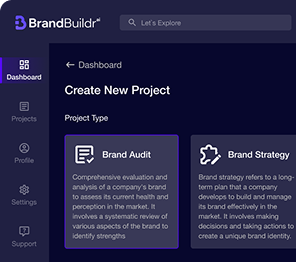
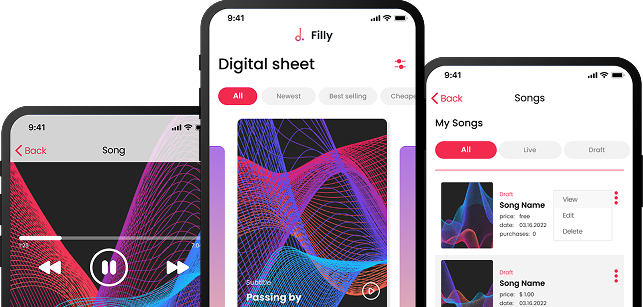










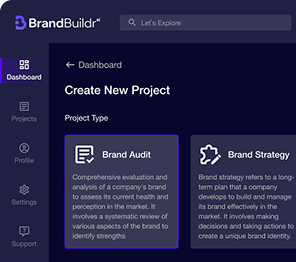
.avif)
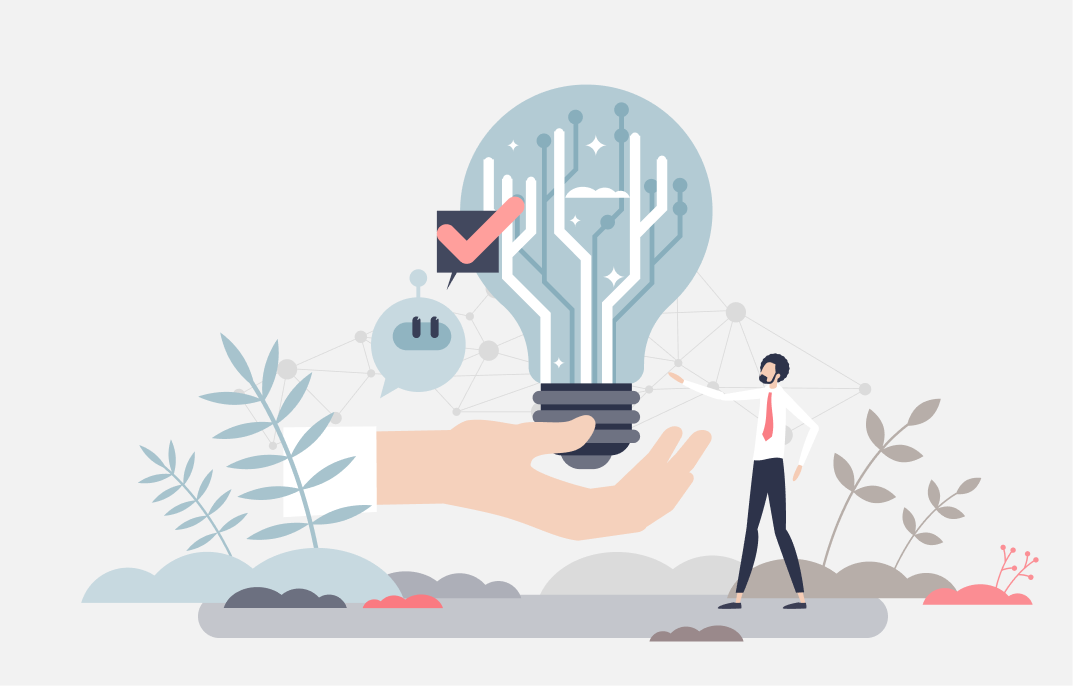

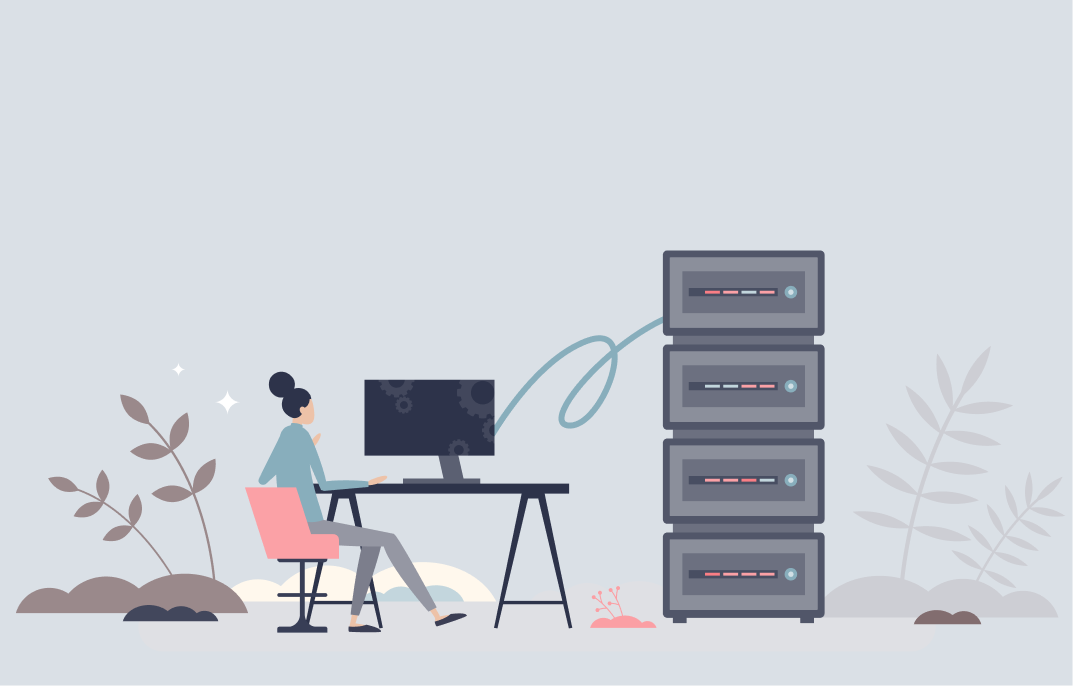

.png)

%20(3).png)


